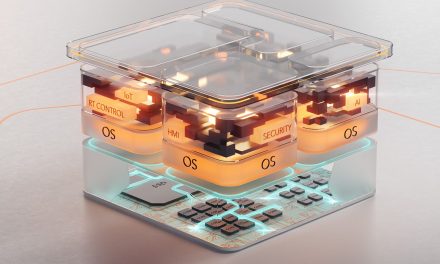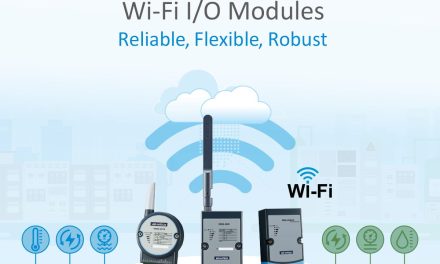The Smart Home and Internet of Things is coming fast but the lack of internationally standardized connectivity standards are causing many device makers to pause before jumping into the market. With so many options, how does a Smart Home developer decide which standard to support?

For the last couple years, standards like ZigBee, WiFi and Bluetooth seemed sufficient. The industry recognized that all three had their place in the Smart Home – WiFi for big bandwidth applications like video, music, speech, etc. Bluetooth and BLE for shorter range applications like medical, wearables and cable replacement, while ZigBee is best for low power, low data rate networking applications like connecting a houseful of sentrollers to a gateway or set-top box.
Developers can choose from a variety of cross-over radio products that already available from multiple suppliers: WiFi/Bluetooth, ZigBee/Bluetooth and WiFi/ZigBee/Bluetooth. Currently they may not be at the right price point yet, but these worldwide uniform radio communication standards are the cornerstones for the IoT. That is the good news.
The bad news is that within the past year, the situation became a lot more complicated and contentious with a flurry of recent announcements regarding new technologies to connect devices. Many of the world’s largest technology companies have realised that that the Smart Home is potentially an enormous market and they want to own it. So, instead of adopting existing technology standards, they are rolling out their own internally developed communication technologies and trying to get them adopted as THE Smart Home connectivity standard.
If you have been paying attention you have seen announcements about Apple HomeKit, Google Brillo, Qualcomm AllJoyn, Intel IoTivity and most recently: Huawei LiteOS, from the Chinese side of the house. All of these new application frameworks are competing to obtain industry traction and to become the “leader in the IoT”. Most of these new battling “standards” function at the application framework layer. However, adding to this industry confusion, there is now a battle raging at the networking level. The two leading contenders are ZigBee 3.0 and Thread.
So what does this mean for device developers?
They can make a decision to run either Thread or ZigBee or they can opt for a single chip that can handle both of these various technology options at the same time. In July of this year, GreenPeak announced their new GP712 radio chip which provides this capability and enables device developers to move forward. The GP712 supports the different flavors of ZigBee, and will also support the new Thread protocol.
GreenPeak has also improved its frequency agility mechanism to provide enhanced co-existence with other 2.4GHz wireless communication systems like Bluetooth and WiFi. For added flexibility and cost control, the GP712 comes in a small footprint 24-pins QFN package, making it well-suited for low-cost PCB design rules in price sensitive consumer electronics applications.
The good news is that device, set-top and gateway developers can now move forward with their new products. Knowing their devices can support either ZigBee or Thread enables them to concentrate on developing and marketing their applications and not to worry about the underlying wireless communication technology.




